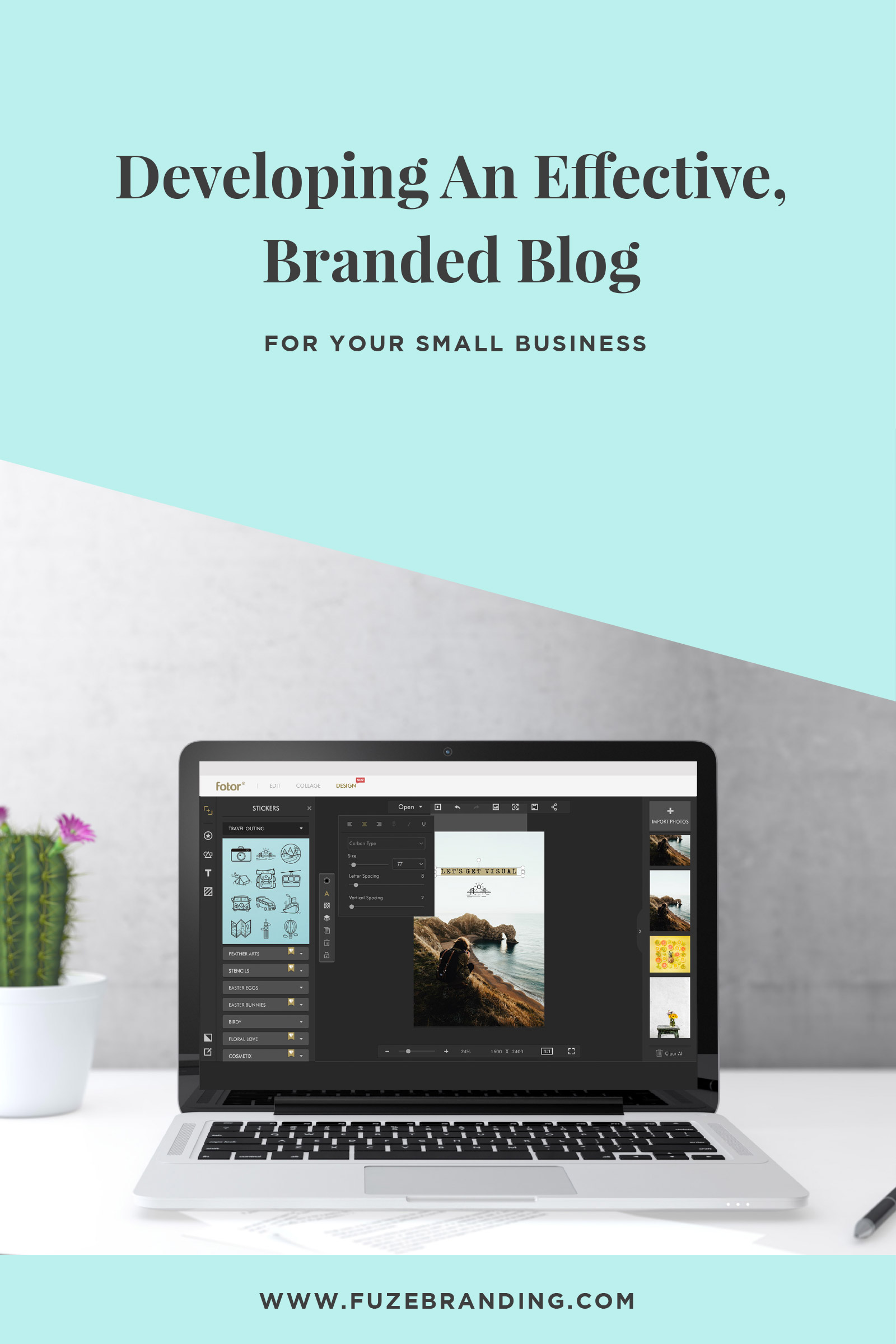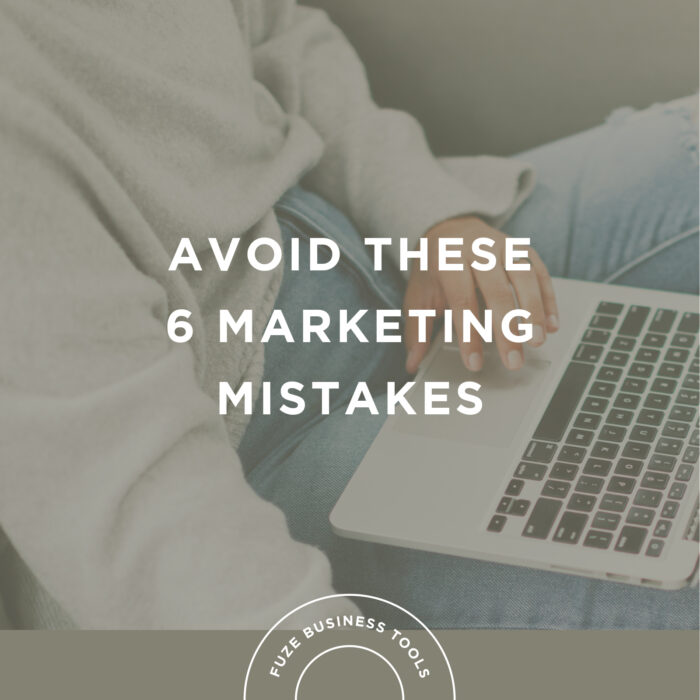Small Business Tips
Developing An Effective, Branded Blog For Your Small Business
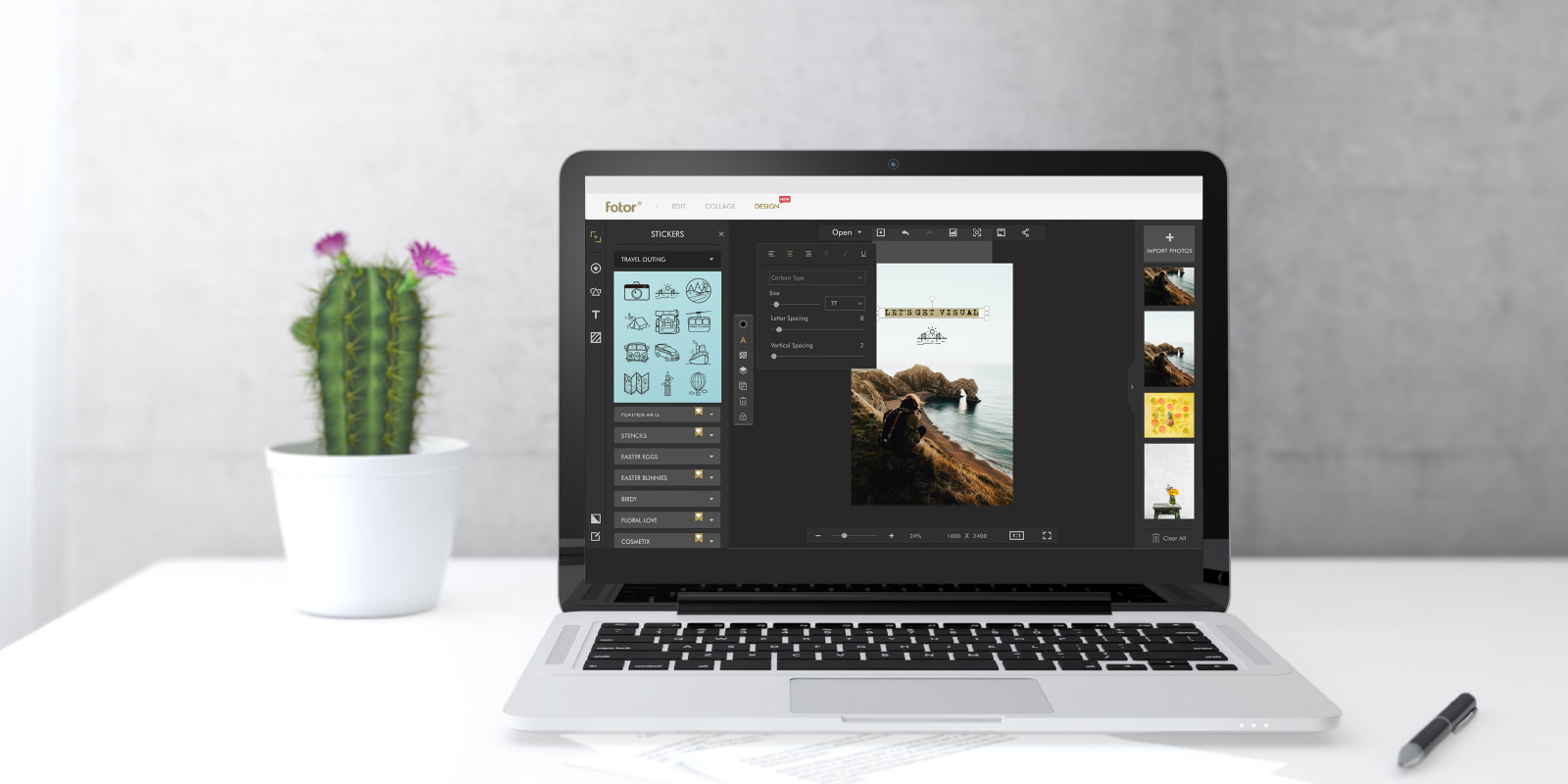
Branding your small business blog is everything when you’re a new and growing company, because a lot of your clients (and future clients!) are just getting to know you. The sooner they can figure out what you’re all about (and what you have to offer!), the better—and there’s hardly a better way to show ‘em what you got than with killer, on-brand blogging. If you’re thinking of starting one up, have a read through these tips and tricks for creating branded blog posts and, trust us, you won’t regret it.
Developing a Consistent Tone
The number one mistake new bloggers make is missing the mark on tone. Developing a strategic tone (the way a post sounds to a reader—the “attitude”, if you will) is often overlooked. If it’s just you and maybe a couple of others writing your posts, get together and establish some general rules for how you want your posts to come across to your readers. Informational? Funny? Light-hearted? Serious? What tone would appeal most to your target audience? It’s important to align your copy with your brand values.
Develop a strategic tone (the way a post sounds to a reader—the “attitude”, if you will) Click To Tweet
If you’re a regular here at the Fuze Funhouse, you’ve probably noticed that with most of our writing we take a slightly irreverent, light-hearted tone that strikes a balance with credibility and transparency, and that’s because that’s exactly what you’ll get when you chat with us in person or on the phone. It’s all about making an intentional choice on how you’re going to communicate with your audience. Authenticity is always a winner.
And if you’re planning on hiring other writers, either now or down the road, you’d do well to start putting together a style guide—a bit of information about the kind of rhetoric, tone, and structure you expect your posts to take. Take a look at some of your favorite blog posts. What is the formatting like? How are they using headlines, sub headlines, etc to break up the body of copy? What style choices are jumping out at you? The key to developing a consistent format and tone for your blog and deciding on the approach that you’re going to take and sticking with it.
Tackling Visuals
The next big thing you’ll want to consider is your blog’s visuals. For example, what colors and fonts will your consistently use? These choices are largely dictated by your brand identity, so make sure to keep your blog aligned—the last thing you want is a blog that feels like a fractured, separate arm of your small business.
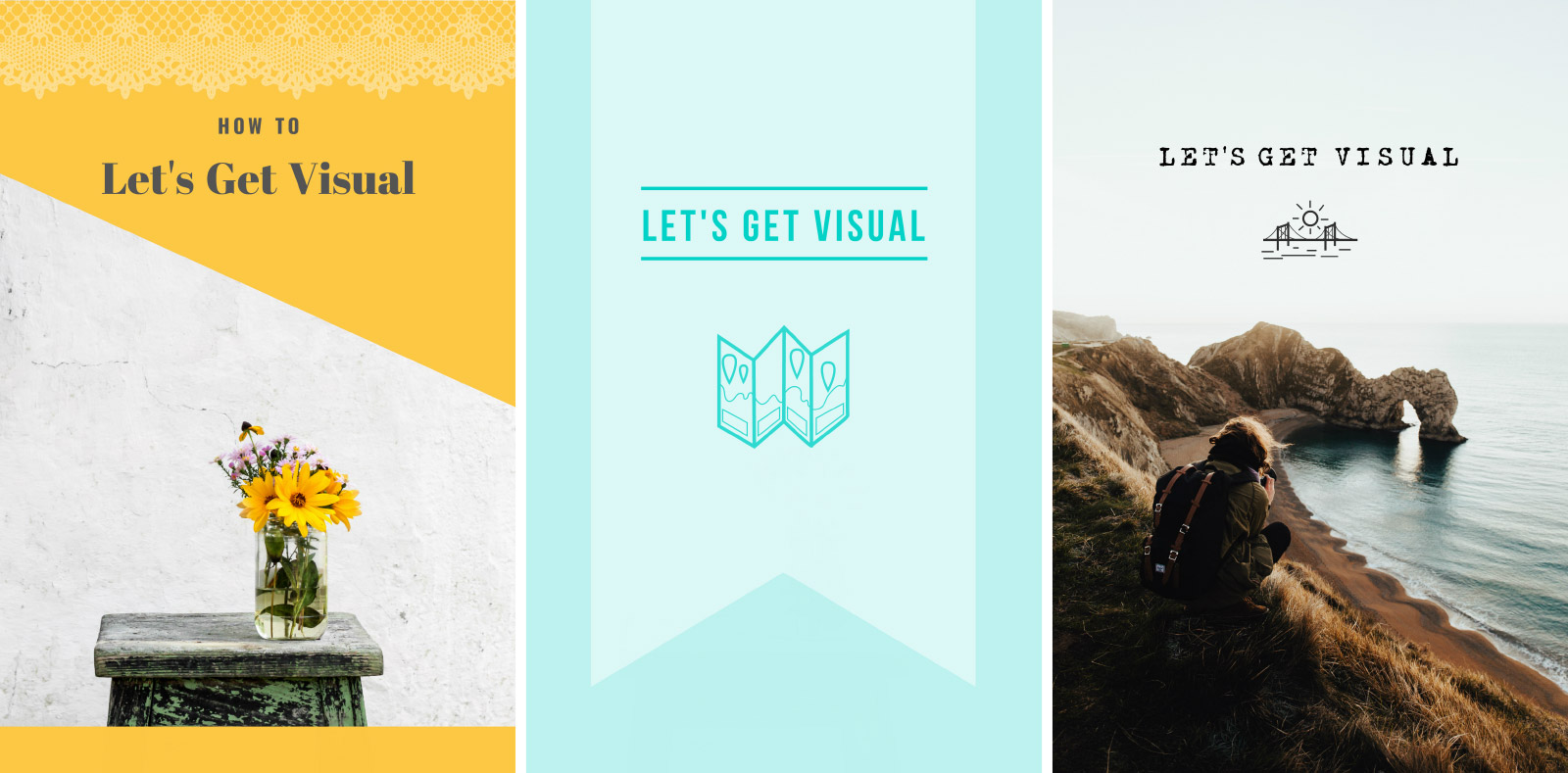
Design
When you’re putting images together, there’s a killer program called Fotor that can make crafting your own images easy (even if you’re NOT a designer). Fotor has desktop and mobile applications, as well as online access, so you can design on the go. Most of the features you’ll need are free, but there are paid plans as well for additional tools and resources. Fotor has all the photography editing tools you’ll need, and there’s some really amazing filters, typography, and stock illustration resources as well.
And no worries, it’s a very intuitive platform, so you don’t have to be a professional designer to get great results. If you need a little help to get started, be sure to check out their blog for tips, tricks, and creative inspiration.
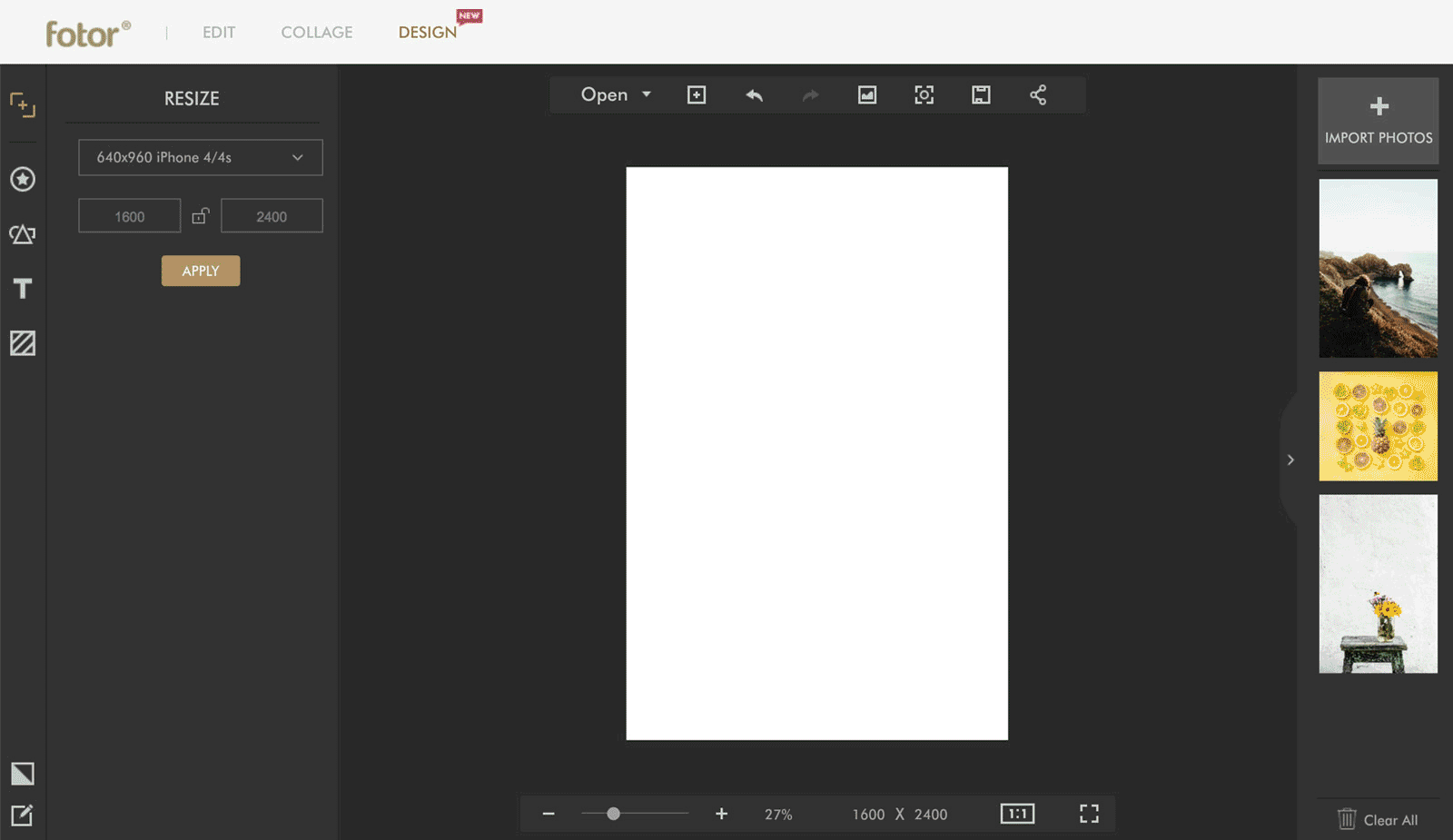
Photography
Photography is a big part of your visuals whether you are creating graphics or not. If you don’t take your own photography there are great commercial stock photography sources like Shutterstock or Unsplash . You can also check out our post all about stock photography options for small business.
Format
Lastly, when it comes to creating images for your blog, you’ll want determine the appropriate width for your images. This is measured in pixels. That’s dependent on your website template, so it might take a little playing around or research on your dashboard.
Once you establish the appropriate dimensions, try to keep things consistent from post to post. When creating imagery for the Fuze blog, we set up a template that we use for our featured images. We can adjust the color, the illustrations, and the photography to suit the topic, which makes for an easy but sharp and consistent look throughout our postings.
Best Practices

While on-brand tone and visuals are two big ones, there are lots of little aspects to consider, too. Here are some other important points to think about:
- Post frequency. It’s better to start out slow and consistent than over-ambitious and fading out. From a reader’s perspective it’ll seem like your blog is dead in the water before it even gets off the ground.
- Engagement opportunities. Your blog is a place on your site where your audience (aka your beloved customers!) can interact with your business through comment sections etc, but sometimes they need a little boost—nudge them in the right direction by asking questions, asking for opinions, or just asking what your audience is interested in learning about.
- Relevant content. While it can be tempting to write about or post things that are simply interesting to you, you’re writing as your business, not as yourself. Your readers are there for content related to whatever it is your business does—make sure you deliver in your blog.
If you need some help realizing or revving up your small business blog, drop us a line—we love all things branding and that means blogging, too. And follow us on Instagram @fuzebranding if you wanna have a look at how we craft on-brand imagery for ourselves (aka: one of our favorite things ever)
Are you a longtime blogger? What’s your favorite tip for turning up the volume on your blog posts?

